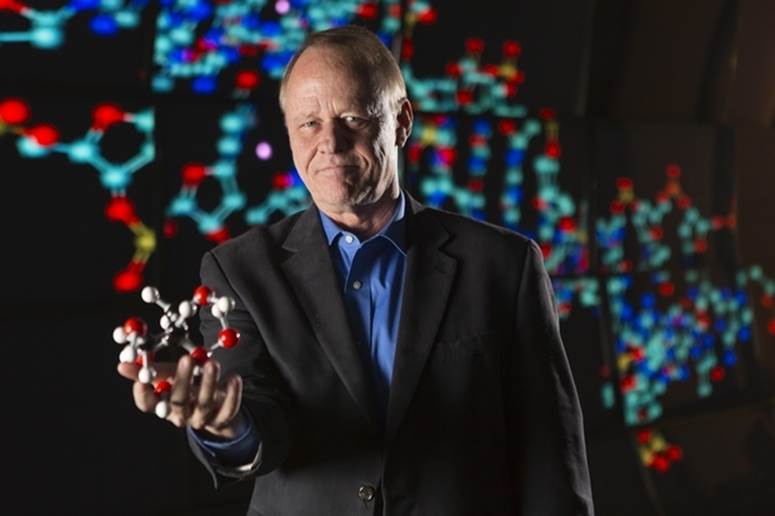Thomas Meade, serial entrepreneur, chemistry professor at Northwestern University and amateur Gettysburg Battlefield guide, owes his career to a discovery he made two dozen years ago while on the faculty of the California Institute of Technology. Working with tiny particles of gold and single strands of DNA, he came up with an entirely new type of biosensor that could detect diseases such as cystic fibrosis.
The tool became the basis of a company he co-founded in 1995, Clinical Micro Sensors. Five years later, Motorola bought the startup for $300 million.
Today Meade, 57, is on to his fourth venture, Ohmx, a 20-employee company in Evanston that is developing electronic handheld devices to detect proteins such as those generated from heart attacks. He’s also up to more than 80 patents and will be inducted in April into the National Academy of Inventors, which honors academic inventors.
“He has created new technologies and companies not just once, which alone is unusual for any academic, but many times,” says Kenneth Raymond, an inorganic chemistry professor at the University of California in Berkeley who is a longtime friend. (Meade is on the scientific advisory board of Lumiphore, a biotech company Raymond founded.)
Meade has been into astronomy since he was a boy, encouraged by his schoolteacher mother. He chose inorganic chemistry as a profession while he was an undergraduate at Arizona State University. “As a sophomore, I was not yet declared as any particular major, but I knew it was going to be science in some flavor to be determined,” he says. On a whim, he wandered through the university’s labs seeking a mentor. He was turned down again and again, until an inorganic chemistry professor said yes. “Had I gotten a welcoming response, I would have been happy with whoever took me in,” Meade admits.
After earning a doctorate in inorganic chemistry in 1985 from Ohio State University, he was a National Institutes of Health postdoctoral fellow at Harvard Medical School, where he developed probes for MRIs, and then went on to Caltech in Pasadena. He launched his second startup there, Metaprobe, after inventing a “bio-activated” dye for MRIs. He moved to Northwestern in 2003 and founded another MRI-related company, PreDx, which he merged with Metaprobe. At Northwestern, he’s also director of the Center for Advanced Molecular Imaging, member of the Chemistry of Life Processes Institute, and has an endowed chair in cancer research.
Meade has another interest that dates to his boyhood: Gettysburg, where his great-great-great uncle Col. Patrick O’Rorke, of the 140th New York regiment from Rochester, N.Y., was killed on Little Round Top. Roughly twice a year, when he has heard from enough colleagues and friends, he leads a three-day tour of 10 to 20 people through the Civil War battlefield in Pennsylvania. He assigns guests to become “battle participants,” who read letters and diary accounts of individuals who died there. “By Sunday afternoon, they have all been killed off,” he says.
Originally pubished on Crain’s Chicago Magazine, February 16th, 2017. Written by Howard Wolinsky. Photography by Manuel Martinez.
